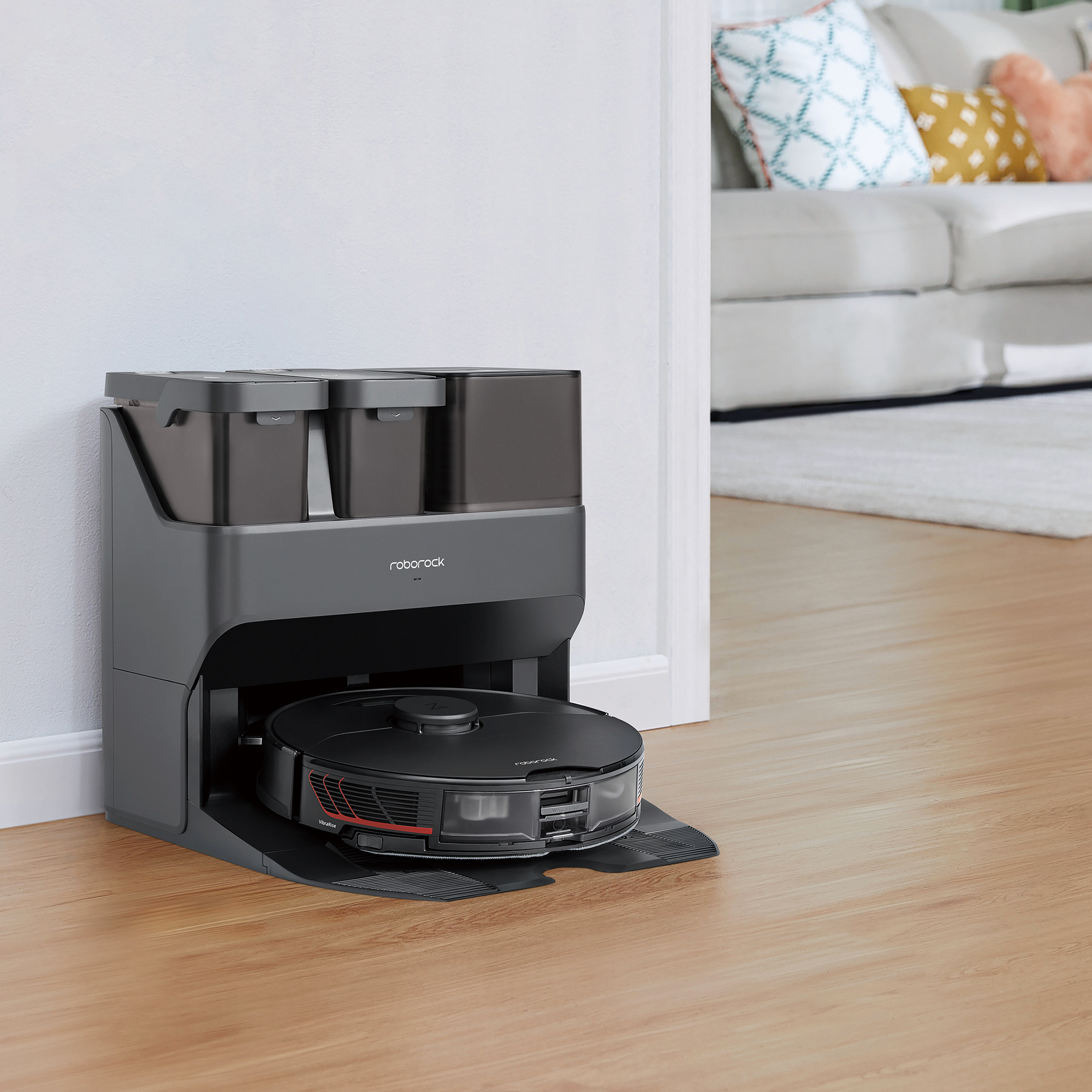As Eddie the Eagle will no doubt attest, when you're trying to master the slopes, it's important you can clearly see what is ahead of you. One of the problems suffered by the English ski-jumper (other than farsightedness) was the fact his thick glasses would mist under his goggles. It wouldn't have made his efforts too enjoyable, we'd bet.
It perhaps goes without saying, then, that – along with 100 per cent protection from the sun's damaging UVA and UVB rays – snapping up a pair of ski goggles with anti-fogging properties should be high on your list of priorities. You should also look for ski goggles that can adapt to different light conditions for the best optical clarity.
From there, you're into the realms of additional features such as a wide field of vision, decent venting on the frame and the different colours of lens – some goggles let you interchange lenses so you choose the best for the current conditions. A flatter lens will make peripheral vision more difficult, while rounded ones will feel more natural. The chunkier the frame, the more restricted the view is likely to be.
Given you'll be wearing your goggles for hours, it's also important that they fit well across your face and sit on your noise without irritating. Having straps that are lined with silicone will better grip the goggles around your head but do be aware of compatibility with your helmet. Any face foam should have a water-tight seal. If you wear spectacles, then be sure the ski goggles won't press them into your face, too.

This is Oakley's first stab at making ski goggles with a cylindrical lens (one that focuses light into a line rather than a point). As such, this scratch-resistant wearable not only benefits from being flatter, it also makes for a better fit, with the idea being that wearers enjoy increased visibility.
Coupled with wide peripheral vision, it should ensure that the goggles don't feel intrusive and, since the frame is low profile, it is designed to be better compatible with a helmet. There is also triple-density foam with moisture wicking, so that your face doesn't feel wet and, thanks to notches at the temples, the goggles can be worn over a pair of prescription specs too.
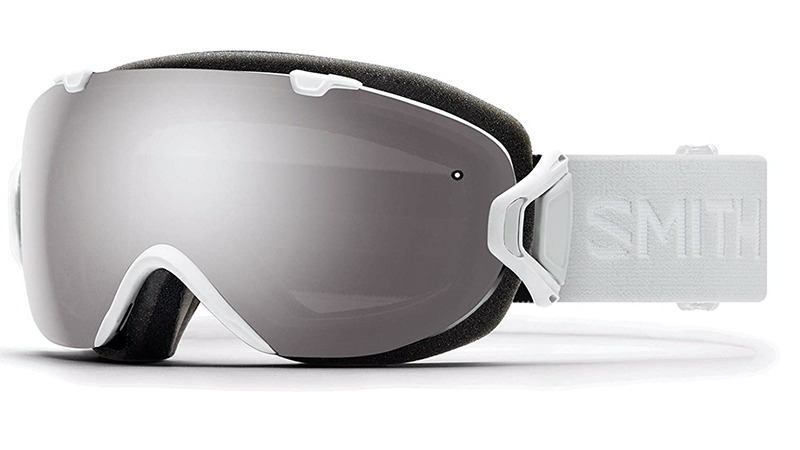
This smaller version of the Smith I/O is marketed towards women but it packs as much of a punch as the larger goggles. It uses interchangeable spherical carbonic-x lenses for bright and low light, which are quickly released from the frame, and it also comes with an inner anti-fog lens that should keep vision clear.
Indeed, a patented Porex filter is used to prevent optical distortion during changes in elevation, and air molecules are allowed to pass through a filter. With three-layer face foam for comfort and a wide silicone-backed strap that adjusts and fixes in place with a clip buckle, its specs certainly suggest high performance.
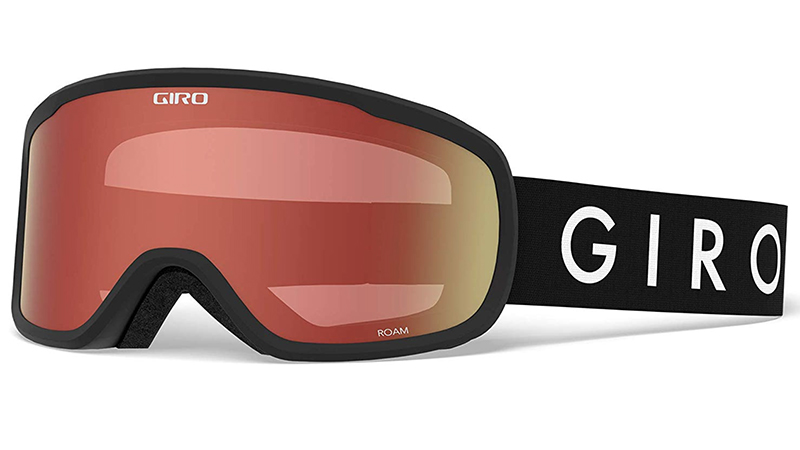
Smart and sleek-looking, these goggles are at the cheaper end of the scale but nevertheless offer some premium features including an anti-fog coating and a wide field of view. They include two cylindrical thermoformed lenses to suit both overcast and sunny days, and they're lined with a double-layer face foam covered with microfleece for a soft touch.
The company has designed the goggles to be compatible with its own range of helmets, suggesting they may not fit quite as well with those from other manufacturers. They will, however, fit over a pair of spectacles since they've been engineered specifically for that purpose, boasting extra interior volume and increased internal air flow.
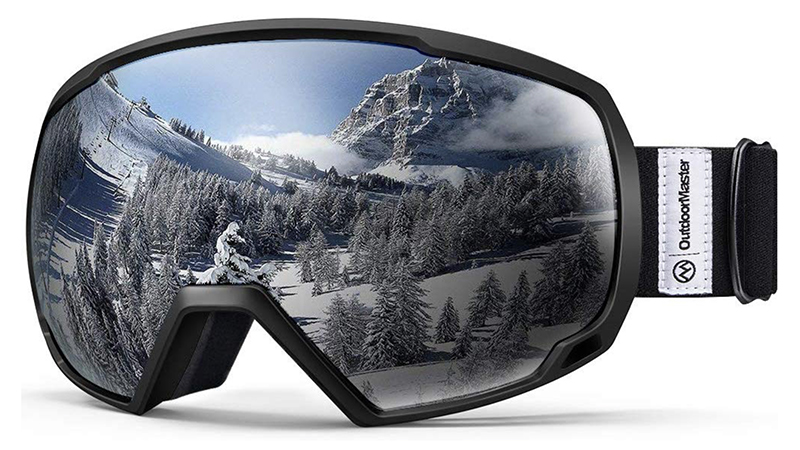
Designed with cut-outs in the frame to fit over spectacles that are up to 13.4 centimetres (5.3-inches) wide and four centimetres (1.65-inches), OutdoorMaster's ski goggles should offer you great visual clarity.
It has an anti-fog coating on the inner of the two lenses and it claims to give you 100 percent UV400 protection. The thermoplastic polyurethane frame is also bendable for additional safety and since the elastic strap is extra long, the manufacturer claims the goggles are compatible with all helmets.
Triple-layer foam is used for comfort against the face and you have a wide choice of colours. Each one comes with its own carrying pouch, too – although their cool looks means you may not want to put them away.
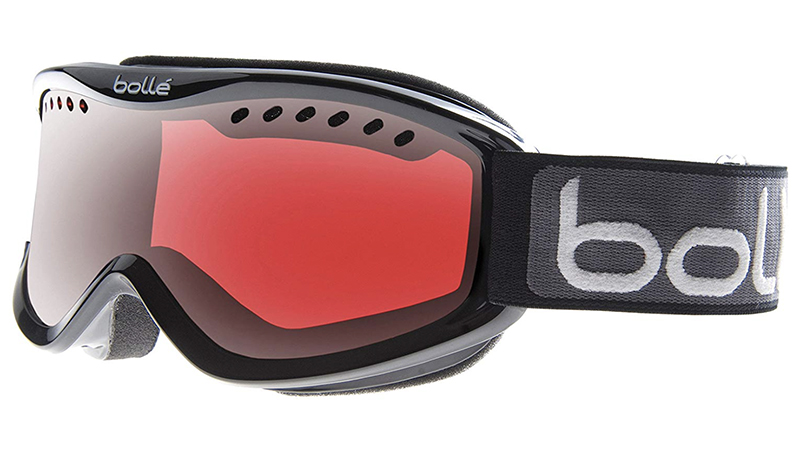
Bolle has been making eyewear since 1888, and it got into the market for ski goggles in 1960. This budget pair of goggles adopts a classic look and it ticks the boxes for the basics, with a double lens forming a thermal barrier, a venting system in the frame for directional airflow, and comfortable foam that fits to the face.
To that end, they should protect your eyes from the sun, blocking harmful UVA and UVB rays at up to 400 nanometers. They'll also form a barrier against the wind, as you'd expect from any ski goggles. With 22 per cent light transmission on the lens, they'll be suitable for both low and bright conditions too.



